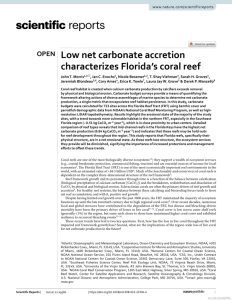Gridded and Mapped Data Caribbean 2002-2019
SCROLL TO LEARN MORE
Dr. Rik Wanninkhof
The data products listed below are obtained from observations on the Royal Caribbean Cruise Lines (RCCL) ships Explorer of the Seas (EoS) (2002-2015); the Allure of the Seas (AoS) (2016-ongoing) and the Celebrity Equinox (Eqnx) (2015-ongoing) covering the years 2002 through 2019. The cruise tracks are shown in the figure below. The reduced and quality controlled data and metadata can be obtained from the OCC Home Page and collated in an annual folder at a href=”https://www.ncei.noaa.gov/access/ocean-carbon-acidification-data-system/oceans/VOS_Program/explorer.html”>NOAA’s National Centers for Environmental Information VOS Program website.
- Readme File for Gridded and Mapped Caribbean Data – August 26, 2020 Release (Link to Readme File).
- Gridded data product on a 1° by 1° by monthly grid (Link to Monthly Gridded Data).
- Mapped data product on a 1° by 1° by monthly grid (Link to Monthly Mapped Data).
- Monthly mapped product for the whole region (Link to Monthly Average Data).
- Annual mapped product for the whole region (Link to Yearly Average Data).
- Summary of MLR coefficients (Link to MLR Coefficients).
Annual multi-linear regression (MLR) coefficients for the equation: fCO2w_MLR = a Longitude + b Latitude + c SST + d MLD + e SSS + f. The MLR from 2002 – 2018 are unchanged from Table 1 in Wanninkhof et al. 2020. The coefficients and their uncertainty (1-sigma) for 2019 are added to this file.
Wanninkhof, R., Pierrot, D., Sullivan, K., Barbero, L., & Triñanes, J. (2020). A 17-year dataset of surface water fugacity of CO2 along with calculated pH, aragonite saturation state and air–sea CO2 fluxes in the northern Caribbean Sea. Earth Syst. Sci. Data, 12(3), 1489-1509. (Link to Paper)

